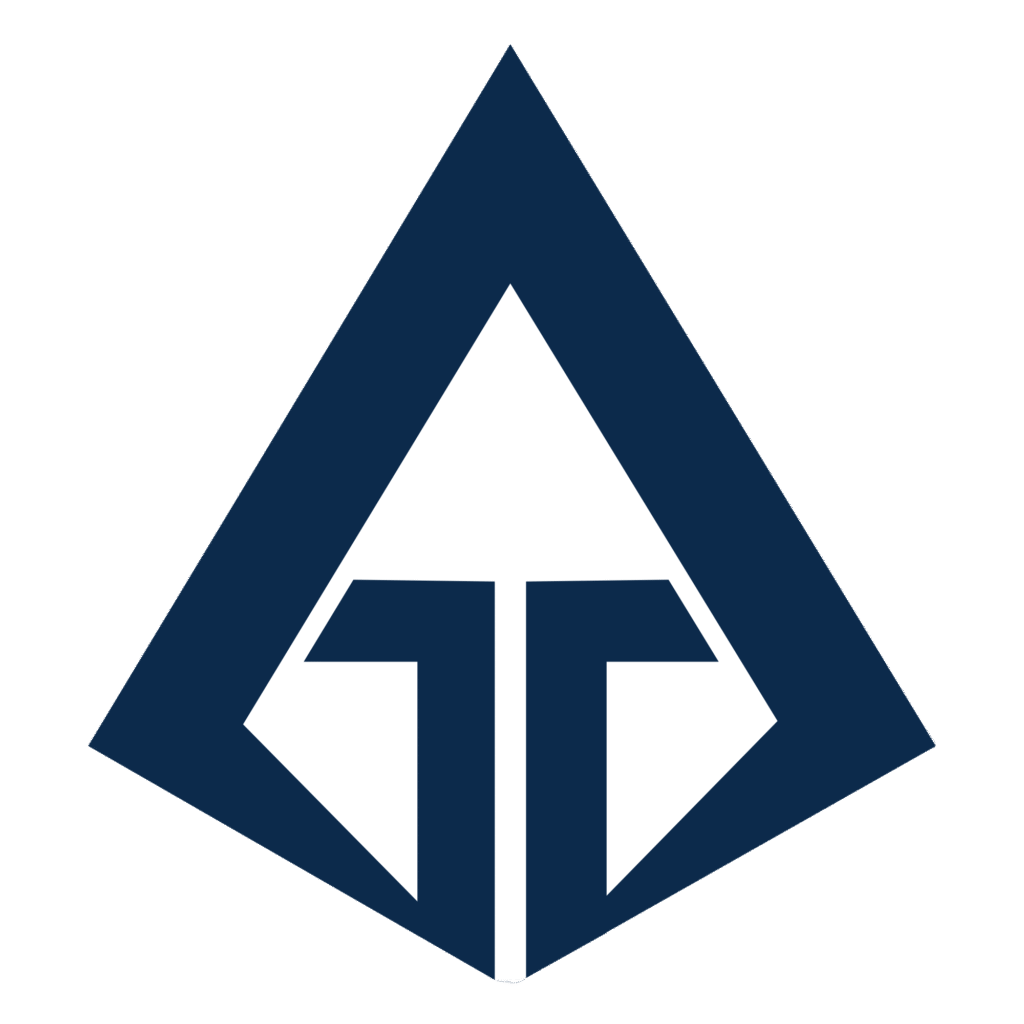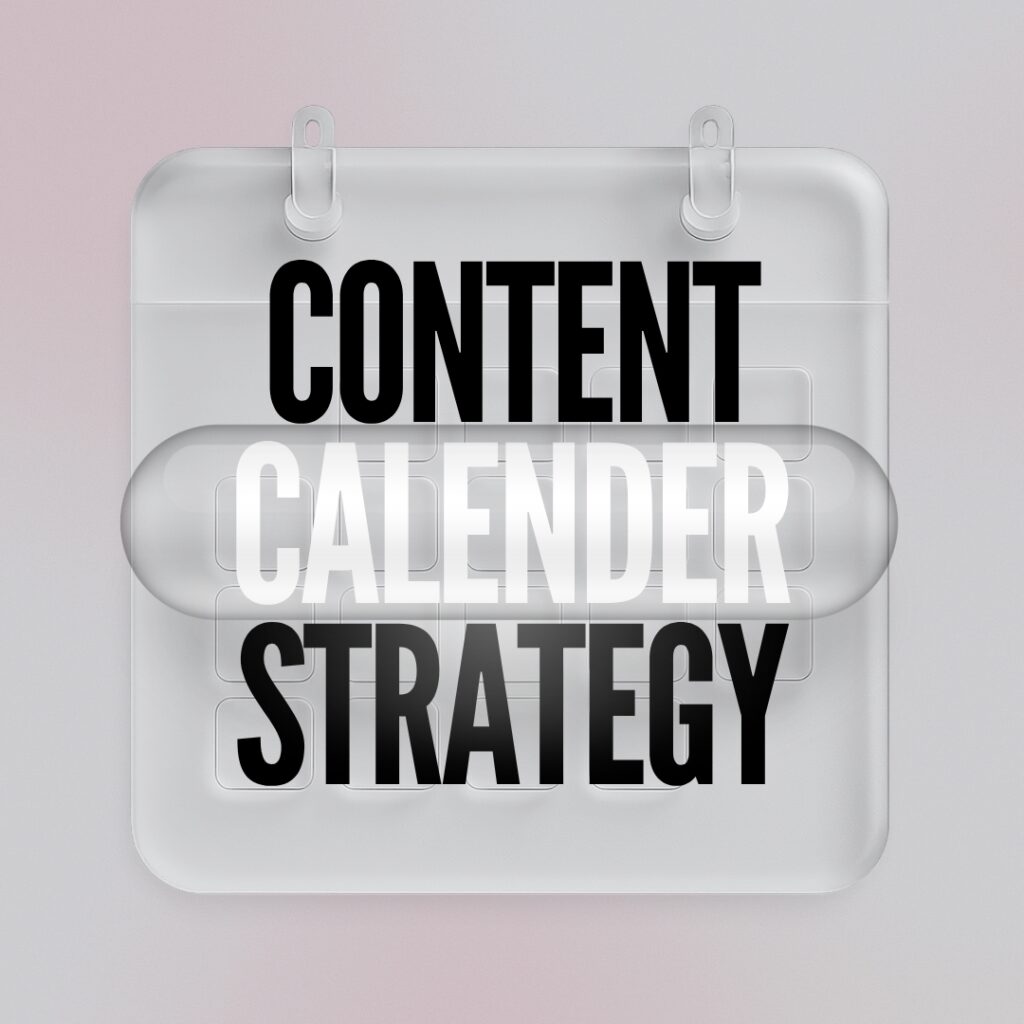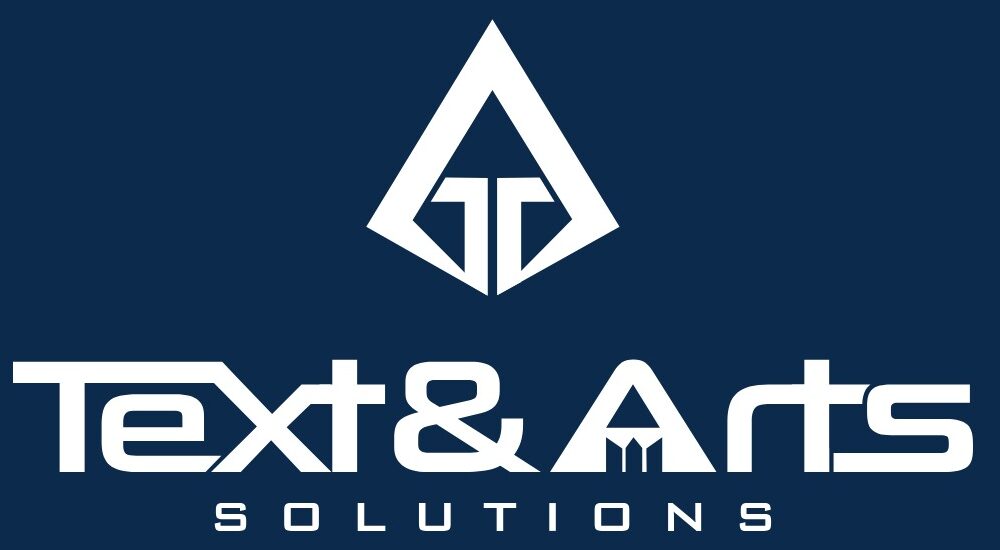If publishing feels like sprinting on a treadmill—always moving, rarely arriving—you need a content calendar strategy that works in real life. Not just a pretty spreadsheet, but a practical system that keeps you consistent without burning your team (or yourself) out. At Text & Arts Solutions, we’ve refined calendars for solo creators, startups, and growing brands to deliver predictably—week after week—while staying creative. And as someone who has spent six years translating across domains, I’ve seen how nuanced, human choices—especially in Hindi and other Indian languages—can make or break a message. Your calendar isn’t just dates and posts; it’s a living plan that respects creativity, culture, and capacity.
Below, you’ll find a step-by-step playbook: strategy, templates, examples, and a repeatable routine you can run in 90 minutes a week. Let’s build a content calendar strategy that actually fits your life—and gets results.
Why a Content Calendar Strategy Beats “Post When Inspired”
A great content calendar strategy does three things better than improvisation:
- Protects bandwidth: You plan around realistic capacity, not wishful thinking.
- Aligns with goals: Every post ladders to a campaign, KPI, or brand pillar.
- Creates a feedback loop: Data shapes next month’s plan, not gut alone.
The Real Reasons Consistency Breaks
Most teams fall off the wagon because:
- No shared source of truth: Ideas live in DMs, notes, and heads.
- Approval bottlenecks: Feedback arrives late, revisions pile up.
- Over-ambitious cadence: Too many posts, too little repurposing.
- Zero localization plan: Content doesn’t adapt to languages or regions.
- No buffer: One sick day derails everything.
Business Outcomes of a Solid Calendar
A calendar built on purpose yields:
- Higher publish rate and fewer last-minute scrambles.
- Better channel fit (every platform gets the right angle and format).
- Compound reach via repurposing and sequenced story arcs.
- Stronger brand voice with reusable guidelines and templates.
- Credible reporting that informs budget and hiring decisions.
The 4-Part Content Calendar Strategy Framework
Here’s the backbone we use with clients who need consistency without losing their mind.
Pillars, People, Purpose
- Define 3–5 content pillars (e.g., Education, Proof, Behind-the-Scenes, Culture).
- Map audience segments (buyers, users, advocates) and their top questions.
- Attach outcomes: Awareness (reach), Consideration (clicks), Conversion (leads), Loyalty (retention).
Quick rule: If a post doesn’t serve a pillar or outcome, it doesn’t go on the calendar.
Cadence You Can Keep (Capacity First)
- Audit your realistic weekly capacity (hours, creators, reviewers).
- Choose a minimum viable cadence you can sustain for 90 days.
- Use a 70/20/10 mix: 70% planned evergreen, 20% timely trends, 10% experiments.
Example Baseline (Small Team):
- LinkedIn: 3 posts/week
- Instagram: 3 posts/week (1 Reel, 2 carousels)
- Blog/SEO: 2 posts/month
- Email: 2 newsletters/month
Channels & Formats (Right Content, Right Place)
- LinkedIn: Thought leadership, customer stories, carousels.
- Instagram: Reels, carousels, BTS, motion graphics.
- YouTube/Shorts: Tutorials, product walkthroughs, founder POV.
- Blog/SEO: Evergreen guides, case studies, pillar pages.
- Email: Summaries, exclusive tips, community calls to action.
Seasonal & Event Layering (India-Aware)
- Mark pan-India festivals and regional observances (Diwali, Onam, Pongal, Eid, Navratri, Ganesh Chaturthi), big sale events, and industry days.
- Plan language-aware storytelling for Hindi, Marathi, Bengali, Tamil, Telugu, Kannada, Malayalam, Punjabi, etc.
Localization: Where a Human Touch Wins
After six years in translation, I’ve learned that even the best AI or direct translation misses tone, idiom, and cultural nuance—especially in Hindi and other Indian languages. A strong calendar bakes in human review at two points:
- Message design: Adjust metaphors, humor, and references per language.
- Final copy: Fix idiomatic clunkiness, register (आप/तुम), and script legibility.
Tip: Keep a micro-glossary per language (brand terms, common phrases, don’ts). Your calendar should link to it.
Tooling & Single Source of Truth
Use one hub (Notion, Asana, Trello, ClickUp, or Google Sheets) as the source of truth:
- Idea backlog
- Monthly calendar (status: idea → draft → design → approved → scheduled)
- Asset links (copy docs, Figma, video drafts)
- Review notes & versioning
- KPI snapshots and learnings
The 90-Minute Weekly Routine (Run It Every Monday)
Consistency is a habit. This 6-step routine keeps ship-day calm.
0–10 min — Review the Past Week
- Scan performance: top 3 posts, worst 2, quick takeaways.
- Note one experiment to keep or kill.
10–30 min — Prioritize the Week
- Pick 3–5 must-ship items linked to goals.
- Slot posts to days/channels based on engagement windows.
- Reserve one buffer slot for opportunistic content.
30–50 min — Draft Fast with Templates
Create templates for:
- Hook + Promise + Payoff (social/captions)
- Problem → Insight → CTA (LinkedIn/story)
- What/Why/How/Example (blog sections)
- Script beats (video: hook, context, demo, CTA)
Aim for first draft, not final draft. Perfection belongs in review.
50–70 min — Review & Localization Checks
- Run a voice checklist: tone, clarity, jargon.
- If multilingual, perform human pass on Hindi and other regional drafts to fix idioms, formality, and cultural references.
- Validate digital typography for Devanagari and other scripts (line breaks, conjuncts, rendering).
70–85 min — Design & Edit
- Pull approved visuals/templates for speed.
- Create one “pillar” asset (e.g., a long LinkedIn post or blog) and 3–5 derivatives (quote card, Reel script, email blurb).
85–90 min — Schedule & Signal
- Schedule in Meta Suite, Buffer, Hootsuite, or native tools.
- Tag the team: what’s scheduled, what needs input, and who’s on comments.
Content Types That Make Calendars Easy to Fill
Six Proven Archetypes
- Teach: Mini-how-to or teardown.
- Show: Case study, before/after, screen recording.
- Prove: Metrics, testimonials, UGC, press.
- Lead: Opinion, frameworks, predictions.
- Open Up: Origin story, mistakes, behind the scenes.
- Invite: Webinars, workshops, downloadable resources.
Keep a 60/30/10 Help/Proof/Invite balance for trust first, asks later.
The Repurposing Matrix (1 Idea → 10 Assets)
Take a single pillar idea and spin it into:
- Blog section → LinkedIn carousel
- Key stat → Instagram Reel hook
- Quote → Twitter/X thread
- Screen demo → YouTube Short
- FAQ → Email snippet
- Audio clip → Instagram Stories
- Checklist → Lead magnet
- Diagram → Pinterest pin
- Transcript → SEO blog
- Webinar → Multi-week post series
Evergreen vs Timely
- Evergreen = 70% (guides, FAQs, origin stories)
- Timely = 20% (newsjack, trend explainer)
- Seasonal = 10% (festivals, sales, industry events)
Sample Monthly Layout (Plug-and-Play)
Month Theme: “Customer Proof & Practical Wins”
- Week 1: Case study carousel (LinkedIn), blog guide, email summary
- Week 2: Behind-the-scenes Reel, founder POV post, tip thread
- Week 3: Tutorial video, checklist post, testimonial graphic
- Week 4: Webinar invite, recap thread, resource roundup
Weekly Skeleton (example):
- Mon: Teach (tutorial or teardown)
- Tue: Prove (testimonial or metric)
- Wed: Lead (opinion/framework)
- Thu: Show (demo/case study)
- Fri: Invite (webinar/resource)
Add language/localization slots where your audience needs them (e.g., Wed post in Hindi, Fri email intro in Marathi), with human review baked into the workflow.
Mini Case Studies (Anonymized)
Solo Creator—Design Educator
Problem: Inconsistent posts, stalled course sales.
Plan: 2 posts/day was reduced to a 3× LinkedIn + 3× Instagram cadence, one weekly blog, and a monthly email.
Execution: Repurposed each blog into 5 assets; used a simple Notion board as a calendar.
Result (90 days):
- +78% average post reach
- 2× email CTR
- 1 new course cohort filled (on a smaller but sustainable schedule)
SaaS Startup—B2B Productivity Tool
Problem: Sporadic campaigns, no proof points.
Plan: Pillars = Education, Proof, Product. Monthly theme + weekly webinar series.
Execution: Every webinar became a blog, 2 carousels, 1 Reel, and an email.
Result (2 quarters):
- +52% demo requests attributed to organic
- Sales used content as talk track, shortening discovery calls
Indian D2C Brand—Regional Expansion
Problem: Literal translations felt off; engagement flat in Hindi markets.
Plan: Calendar added human translation review checkpoints.
Execution: Swapped word-for-word copy for story-first scripts with local idioms, adjusted voice (आप vs तुम), re-shot a few creatives.
Result (120 days):
- +63% engagement on Hindi posts
- Higher saves and shares during festive campaigns
The Metrics That Matter (And the Ones That Don’t)
Leading vs Lagging Indicators
Leading (help you steer now):
- Hook retention (3-second/first-line read)
- Save/share rate
- Click-through on educational posts
- Reply quality (are questions getting smarter?)
Lagging (validate strategy over time):
- Organic lead volume
- Sales cycle length (with content assists)
- Retention/expansion (content-driven onboarding & education)
Review Rituals
- Weekly (15 min): Top/worst posts, 1 learning, 1 tweak.
- Monthly (30 min): Pillar balance, channel mix, cadence sanity check.
- Quarterly (60 min): Theme retrospectives, content gaps, language strategy.
Common Pitfalls & How to Dodge Them
Over-Planning, Under-Publishing
If it takes longer to plan than to ship, simplify. Use a two-row calendar: “Must Ship” vs “Nice to Have.”
Shiny-Object Syndrome
Trend content is dessert, not dinner. Cap to 20% of the schedule.
Translation Traps (Where Human Touch Saves You)
From six years in translation, here’s what a calendar must guard against—particularly in Hindi and other Indian languages:
- Literal metaphors that don’t land
- Mismatched formality (आप vs तुम, honorifics)
- Script readability issues (क् + ष conjuncts, line breaks)
- Cultural timing (launching a heavy sales push on solemn observances)
- Idioms & humor that require re-expression, not substitution
Fix: Add human review checkpoints inside the calendar (draft review, pre-schedule pass) and keep a micro-glossary. Quality here is a brand advantage, not overhead.
Practical Templates You Can Copy Today
Post Template — Hook/Value/CTA
- Hook: A counter-intuitive stat or bold claim
- Value: 3 bullets (what, why, how)
- CTA: Save/share for later, or soft lead magnet
Example (LinkedIn):
- Hook: “Most calendars fail because they plan for perfect weeks.”
- Value:
- Build for capacity, not fantasy.
- Repurpose 1 idea into 5 assets.
- Review weekly for 10 minutes.
- CTA: Want our Notion template? Comment “CALENDAR.”
Weekly Review Checklist
- What worked? (top 3 posts + why)
- What didn’t? (bottom 2 + fix)
- Are we balanced across pillars?
- Are we respecting capacity?
- Any upcoming festivals/regional triggers to prep?
Localization Micro-Glossary (Starter)
- Brand nouns (stay in English or standard transliteration)
- Preferred Hindi terms (tone, formality, common verbs)
- Disallowed phrases (clichés, awkward direct translations)
- Script checks (line breaks, numerals, units)
Ready for a Calendar That Ships Itself?
At Text & Arts Solutions, we help teams build and run calendars that are creative, culturally precise, and sustainable. Here’s how we can plug in:
- Content Strategy & Pillars: Define themes, cadences, archetypes.
- Editorial Operations: Notion/Asana setup, workflows, and approvals.
- Copy & Creative: SEO blogs, social carousels, scripts, motion graphics.
- Translation & Localization: Human-led Hindi and Indian-language adaptation with micro-glossaries and cultural QA.
- Video & Design: Reels, short-form edits, thumbnails, brand kits.
- Reporting & Iteration: KPI dashboards and monthly improvement loops.
Let’s make your content calendar strategy the calm center of your marketing.
Tell us your goal and bandwidth; we’ll tailor the cadence, templates, and workflow so you can publish consistently—without losing your mind.
Conclusion: Build a Calm, Creative System—Not a Content Grind
Consistency isn’t about hustling harder; it’s about designing a system that respects creativity, culture, and capacity. A thoughtful content calendar strategy ties pillars to outcomes, plans for human translation in Hindi and other Indian languages, repurposes smartly, and bakes learning into each week. Start with the 90-minute routine, ship your minimum viable cadence for 90 days, and let the feedback loop do the heavy lifting. When your calendar becomes a true source of truth, you stop chasing content—and start compounding results.
Ready to build a calendar that works even on your busiest weeks? Let’s architect your content calendar strategy and make publishing the easiest thing you do.


